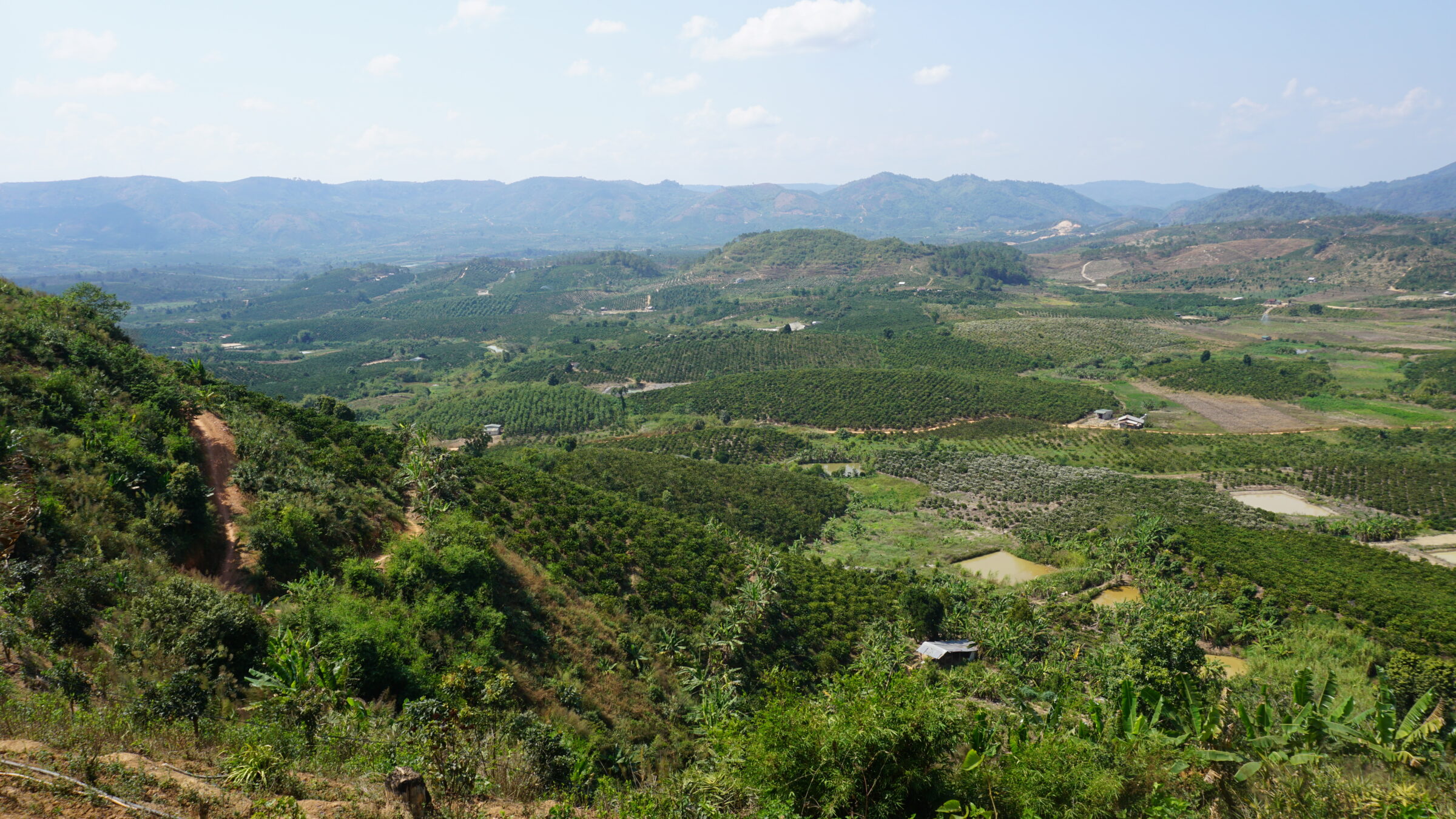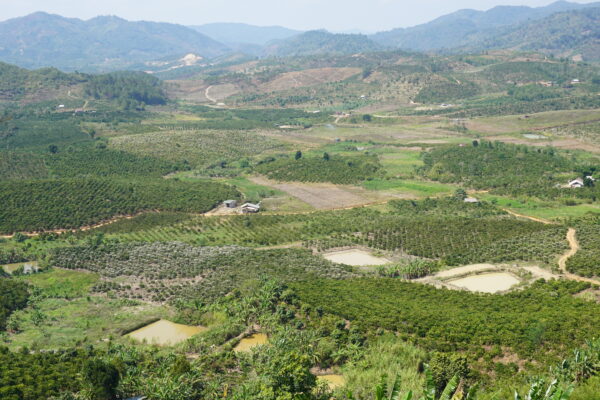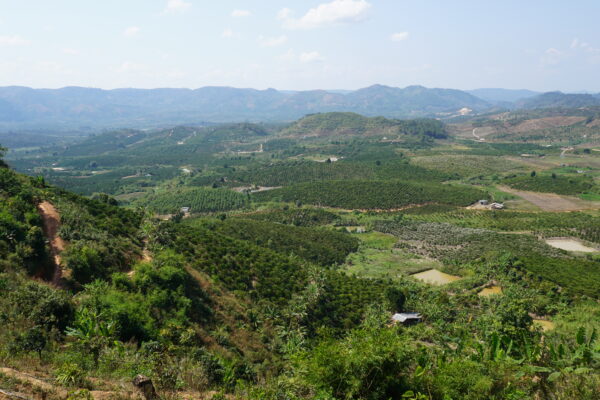Coffee Diplomacy: The Unexpected Link between DDR and Vietnam

Coffee has a unique ability to connect people and cultures, transcending borders, and politics. In an intriguing chapter of history, the German Democratic Republic (DDR) forged an unexpected link with Vietnam through coffee diplomacy. In this article, we delve into the fascinating story of how a coffee crisis in the DDR led to a partnership that would shape Vietnam’s coffee industry and leave a lasting impact on both nations.
In 1976, East Germany found itself in the midst of a severe coffee shortage, caused by a devastating frost that had destroyed Brazil’s coffee harvest. The socialist DDR was doubly affected by this market mechanism. The increasing prices collided with a country constantly facing a shortage of foreign exchange for imports. In 1974 and 1975, the DDR spent around 150 million Valutamark on imported coffee, but the following year, they had to invest nearly five times that amount, totalling 700 million. The coffee crisis became apparent by late 1976 and early 1977, and the supply shortages could no longer be concealed from the population. For a nation that cherished its morning brew, this shortage was nothing short of catastrophic. Coffee held a special place in the hearts and cups of East Germans, even during the repressive days of the DDR. Now, the government had to confront the reality of empty coffee cups and the absence of the beloved morning ritual. In a repressive country with already many shortages on different goods, the new coffee crisis just added to existing problems. As the coffee shortage persisted, drastic measures were taken.
The DDR’s government faced a dilemma as it realized the dissatisfaction brewing among the populace. To avoid a market-based coffee quota system, which would have limited availability, the Politburo decided to double the price of coffee, hoping the demand would decrease. They even restricted the variety of coffee available to DDR citizens. However, even after drastically raising the price, the available coffee was still insufficient. A mixed coffee blend was introduced to calm the situation, containing only around 50% coffee, with the rest consisting of a mixture of rye, barley, chicory, and even dried sugar beet pulp. Aptly nicknamed “Erich’s Krönung” in a sarcastic nod to a Western brand, the state-mandated coffee mix was highly unpopular among the population. Many preferred to forgo coffee altogether. The gastronomy industry was also forced to use the new coffee blend, resulting in frequent malfunctions of coffee machines due to the expanded mixture clogging the filters.
Realizing the threat posed by the coffee crisis, the DDR sought creative solutions. They looked to socialist movements in countries like Angola, Mozambique, and Ethiopia, offering weapons in exchange for coffee to meet their needs. Ethiopia, led by Mengistu Haile Mariam, eagerly accepted the arms trade, but the consequences were tragic. The military supplies in exchange for coffee fuelled the Ethiopian regime’s paranoid slaughter of thousands of suspected dissidents. Despite the horrors, East Germany continued the trade as they navigated the complexities of the Cold War.
In the realm of coffee, the SED leadership took a different approach in the 1980s, partnering with their socialist ally, Vietnam. In Southeast Asia, the memory of coffee cultivation during the French colonial era was rekindled. Vietnam, still recovering from the Vietnam War, embraced this tradition and significantly expanded coffee production. The lifting of American sanctions after the Vietnam War provided the opportunity for the Southeast Asian country to make significant strides in coffee cultivation.
Under a state agreement, the DDR provided machinery and assistance in building houses, hospitals, and other infrastructure in Vietnam’s coffee-growing regions. In return, Vietnam supplied coffee to the DDR. The DDR also participated in the construction of new infrastructure for the resettlement program in Vietnam, where around 10,000 people had to make way for coffee cultivation. In exchange, the DDR secured the rights to half of Vietnam’s coffee production for the next 20 years. However, the course of history soon took an unexpected turn. A few months later, the Berlin Wall fell, altering the agreement’s course. Following the events of 1989, most products produced in the DDR vanished from the shelves, replaced by Western goods. “Erich’s Krönung” was replaced by the original “Krönung,” a significant improvement for coffee lovers. Although Vietnamese coffee was far superior to the coffee mix with sugar beet pulp, it is now primarily used to supplement coffee blends. Nonetheless, Vietnam’s rise in the coffee market was unstoppable.
In 2022, Vietnam produced approximately 30 million sacks of coffee (60 kg each), making it the world’s second-largest coffee producer and the largest producer of Robusta coffee. Vietnam owes this position at least partly to its tumultuous coffee journey. Nowadays, Vietnam is known not only for planned economy mass production but also for pioneering innovations in the production of fine Robusta. Coffee lovers in both the new and old states appreciate the unique taste of these fine Robusta beans. In the former East, this enjoyment even carries a distinct note of the bygone era.
As we face the realities of climate change, Robusta’s resilience to harsh conditions positions it as a vital player in the future of the coffee industry. Through the shared history of coffee diplomacy, we witness how nations adapt, innovate, and contribute to the ever-evolving world of coffee.

